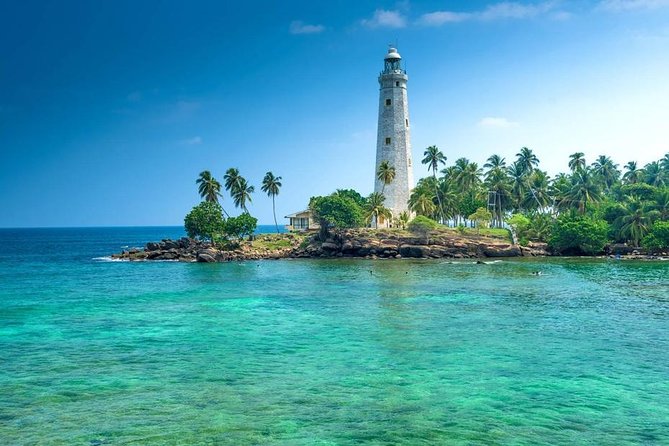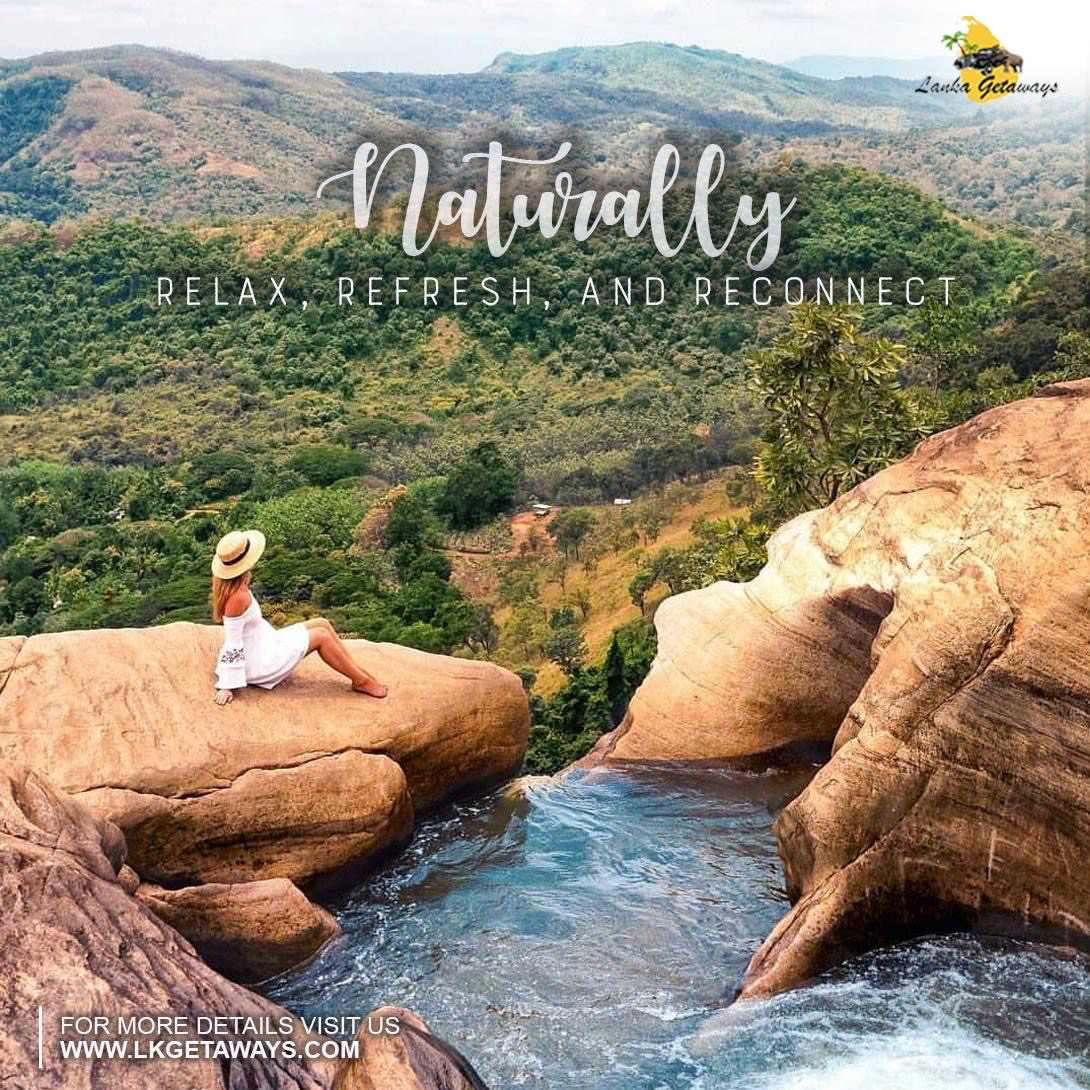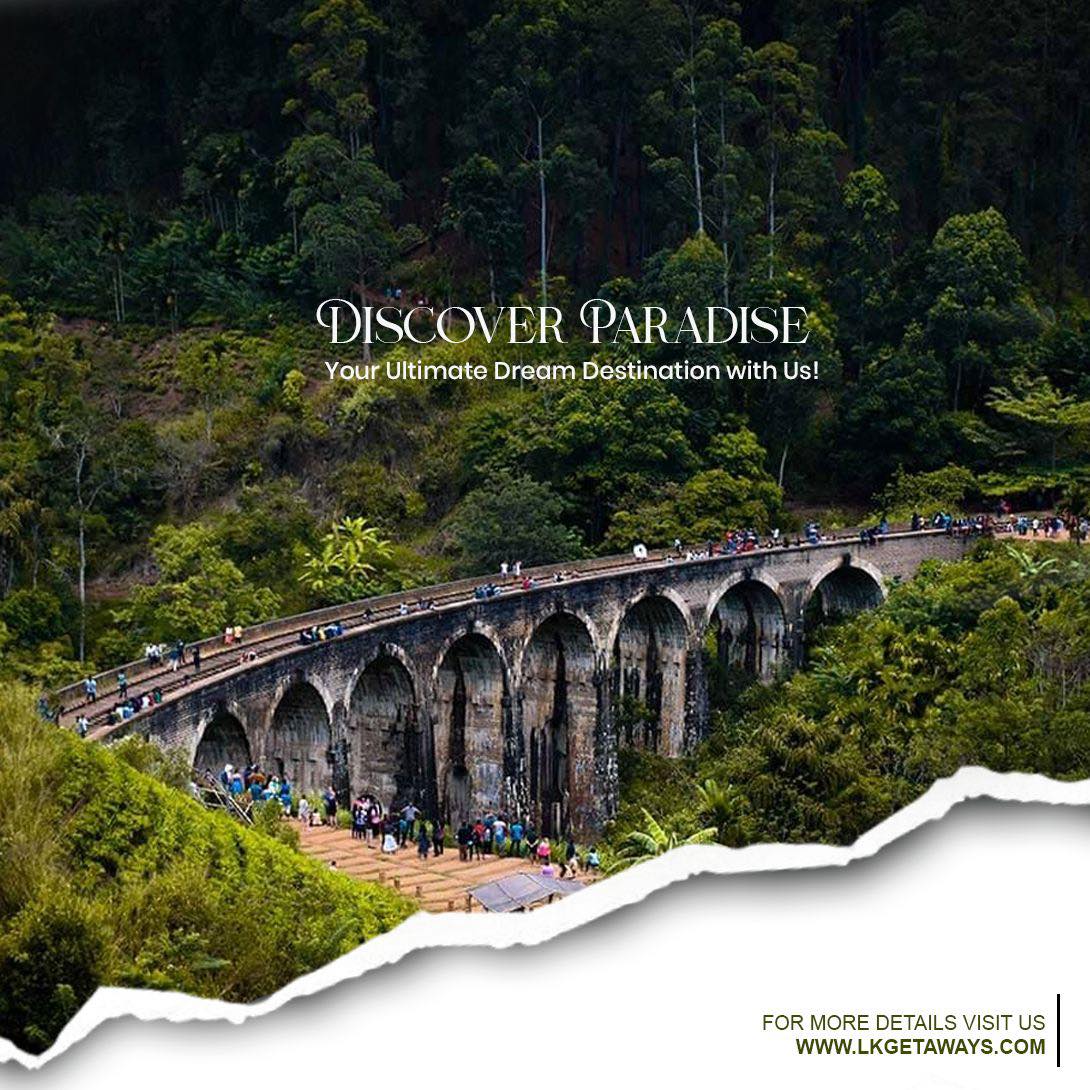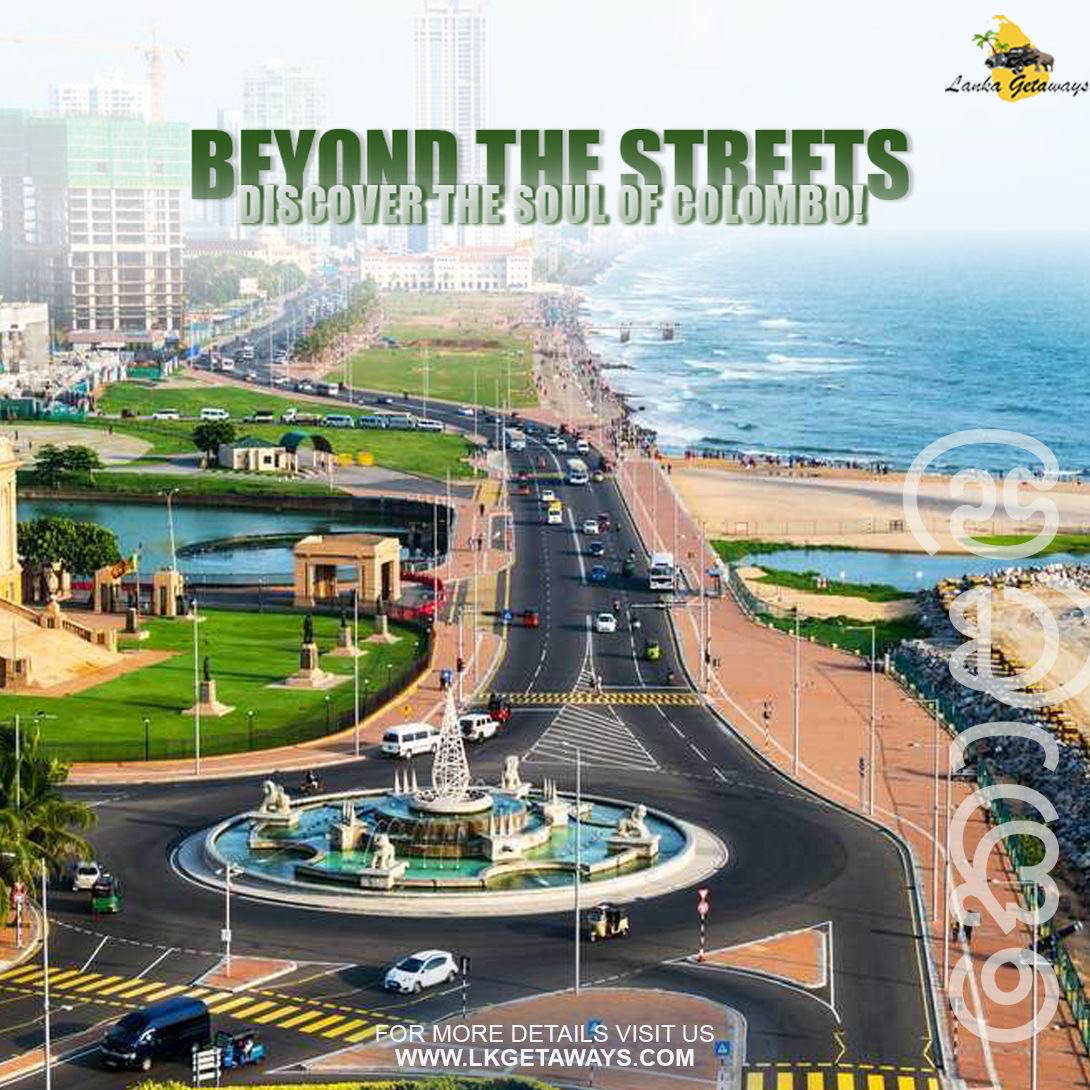The Heartbeat of Sri Lanka's Cultural and Economic Life
Colombo, the bustling commercial capital of Sri Lanka, is a city of contrasts and convergence. Situated on the west coast of the island, it is both a gateway to the rest of the country and an epicenter of Sri Lanka's dynamic economic, cultural, and social life. With its colonial heritage, modern skyscrapers, diverse population, and rich history, Colombo offers an eclectic blend of old-world charm and contemporary urbanism that is unique to this vibrant city. In this post, we will explore Colombo’s evolution, its multifaceted attractions, and the many facets of its charm that draw both locals and tourists alike.
A Glimpse into Colombo’s History
Colombo's history is as varied and intriguing as its skyline. The city was initially a small fishing village when it was first mentioned by foreign traders and seafarers. Its strategic location along ancient maritime trade routes made it an attractive port for various colonial powers, including the Portuguese, Dutch, and British, all of whom left indelible marks on the city’s architecture, infrastructure, and culture.
During Portuguese colonial rule (1505–1658), Colombo became a key trading hub in the Indian Ocean. The Portuguese fortified the city and developed it as an important center for the spice trade, especially cinnamon. After the Dutch defeated the Portuguese in 1658, they further developed Colombo, building an intricate system of canals to manage water and create more efficient trading routes. This Dutch influence can still be seen in some of the city’s older buildings and churches.
However, it was the British who truly transformed Colombo into a bustling colonial city, with the establishment of its commercial port and the introduction of a modernized urban planning system. The British also built many iconic structures, such as the Galle Face Green, the Colombo Fort area, and the Old Parliament Building. By the time Sri Lanka gained independence in 1948, Colombo had firmly established itself as the country’s commercial and political hub.
Colombo Today: A Modern Metropolis
Today, Colombo is a thriving metropolis and a key player in the Sri Lankan economy. The city’s landscape is constantly evolving, with towering office buildings, luxury hotels, high-end shopping malls, and residential complexes springing up alongside colonial-era structures, offering a striking contrast between old and new.
The city is divided into several key districts, each with its own distinct character. Colombo Fort, the heart of the city’s commercial activity, is home to the majority of businesses, shopping centers, and government institutions. The district also houses some of the city’s most prominent landmarks, such as the Galle Face Green and the iconic Colombo Lighthouse.
On the other hand, areas such as Pettah, located near the Fort, are known for their vibrant street markets, where traders from various ethnic groups sell a range of goods, from fresh produce to textiles, electronics, and spices. This busy market area represents the multi-ethnic, multicultural nature of Colombo, where communities of Sinhalese, Tamils, Muslims, and others live and work together.
A Blend of Cultures and Traditions
One of the most fascinating aspects of Colombo is its diversity. The city has long been a melting pot of cultures, religions, and ethnic groups, and this diversity is reflected in its vibrant festivals, cultural events, and religious practices.
Colombo is home to places of worship that represent a variety of faiths, including Hindu temples, Buddhist stupas, Christian churches, and mosques. Notable examples include the Gangaramaya Temple, a stunning Buddhist temple known for its eclectic collection of artifacts and impressive architecture; the St. Lucia’s Cathedral, an iconic Catholic church; and the Grand Mosque in the Pettah area, which serves as a focal point for the Muslim community.
This diversity is also evident in the city’s food scene. Colombo boasts a wide range of cuisines, from traditional Sri Lankan rice and curry dishes to international fare, catering to the tastes of both locals and expats. Visitors can enjoy mouth-watering Sri Lankan street food, such as kottu roti (chopped flatbread stir-fried with vegetables, meat, or eggs) and hoppers (a bowl-shaped pancake made from rice flour), as well as dishes from Indian, Chinese, and Western cuisines. The city’s restaurants and cafes offer an eclectic mix of flavors, with options ranging from street food stalls to upscale dining establishments.
Key Attractions in Colombo
Colombo may not boast the ancient temples and ruins found in other parts of Sri Lanka, but it certainly has plenty of attractions to keep visitors busy. Some of the most popular sites in the city include:
1. Galle Face Green
Galle Face Green, a long, open stretch of lawn facing the Indian Ocean, is one of Colombo’s most famous landmarks. Historically, it was used for horse races and public events during the colonial era. Today, it is a popular spot for locals and tourists to relax, enjoy a walk, fly kites, or simply take in the view of the sea and sunset. The Galle Face area is also home to several cafes and restaurants, making it an ideal location for a leisurely evening.
2. Gangaramaya Temple
A significant religious site in Colombo, the Gangaramaya Temple is known for its beautiful architecture and eclectic collection of artifacts from Sri Lankan and Buddhist cultures. The temple complex also includes a museum and a library, making it a peaceful retreat for those looking to experience Sri Lanka’s spiritual heritage.
3. Colombo National Museum
For history enthusiasts, the Colombo National Museum offers an in-depth look at Sri Lanka’s cultural and natural history. The museum’s vast collection includes ancient artifacts, royal regalia, sculptures, and historical exhibits that trace the island’s rich and varied history. The museum is an excellent place to learn more about Sri Lanka’s ancient civilizations and colonial past.
4. Pettah Market
Pettah is Colombo’s vibrant market district, where shoppers can find everything from spices and textiles to electronics and jewelry. The chaotic, bustling nature of the market is part of its charm, and it provides an authentic glimpse into the everyday life of Colombo’s residents. A walk through Pettah is an exciting sensory experience, with the smell of street food wafting through the air, the sound of hawkers selling their goods, and the colorful stalls lining the streets.
5. Viharamahadevi Park
For those looking for green spaces amidst the urban sprawl, Viharamahadevi Park is the largest and most popular public park in Colombo. It offers a tranquil environment for picnics, walks, and relaxation. The park is also home to a variety of sculptures, a playground, and a pond with swan boats, making it a great spot for families to visit.
Colombo’s Evolving Food Scene
The food scene in Colombo is thriving, with a mix of traditional Sri Lankan dishes, street food, and international cuisine. The city’s culinary offerings reflect the diverse population, as well as the influence of the island’s colonial past. Traditional Sri Lankan dishes such as rice and curry, string hoppers, and dhal curry are served in restaurants and food stalls throughout the city, often accompanied by spicy sambols and chutneys.
In addition to local fare, Colombo also offers a wide range of international options, with restaurants serving everything from Italian pasta and French pastries to Indian curries and Middle Eastern kebabs. One can find a fusion of flavors, with many restaurants combining traditional Sri Lankan ingredients with modern cooking techniques.
For food lovers, the Colombo street food scene is not to be missed. From the popular Kottu Roti and fresh seafood to Chinese dumplings and Indian dosas, there’s something for every palate. Colombo is a great place to sample authentic Sri Lankan snacks such as “isso vade” (prawn fritters), “achcharu” (spicy pickles), and “pol roti” (coconut flatbread).
Shopping in Colombo
For shoppers, Colombo offers a range of experiences, from high-end malls to bustling markets. The city’s main shopping areas include:
- Borella: Known for its large department stores and retail outlets.
- Odel: A popular department store offering everything from clothing to home décor.
- Dutch Hospital Shopping Precinct: A restored colonial-era building housing a variety of boutique shops, restaurants, and cafes.
- Pettah Market: A vibrant area where visitors can haggle for everything from clothes and electronics to jewelry and souvenirs.
In addition to these, Colombo is home to several luxury hotels, shopping malls, and designer boutiques, making it a hub for both local and international shopping.
Conclusion: Colombo’s Unique Charm
Colombo is a city that beautifully blends the old with the new. Its colonial history, modern skyline, multicultural influences, and vibrant street life make it an exciting destination for travelers and a dynamic home for its residents. Whether you’re exploring historical landmarks, enjoying the city’s diverse food scene, shopping at the markets, or simply soaking in the local culture, Colombo offers an experience unlike any other.
As Sri Lanka’s commercial and cultural heartbeat, Colombo is a city that continues to evolve, embracing change while retaining its unique charm. For those willing to dig a little deeper, Colombo has much to offer, and its colorful mix of cultures, history, and modernity makes it a city worth discovering again and again.



